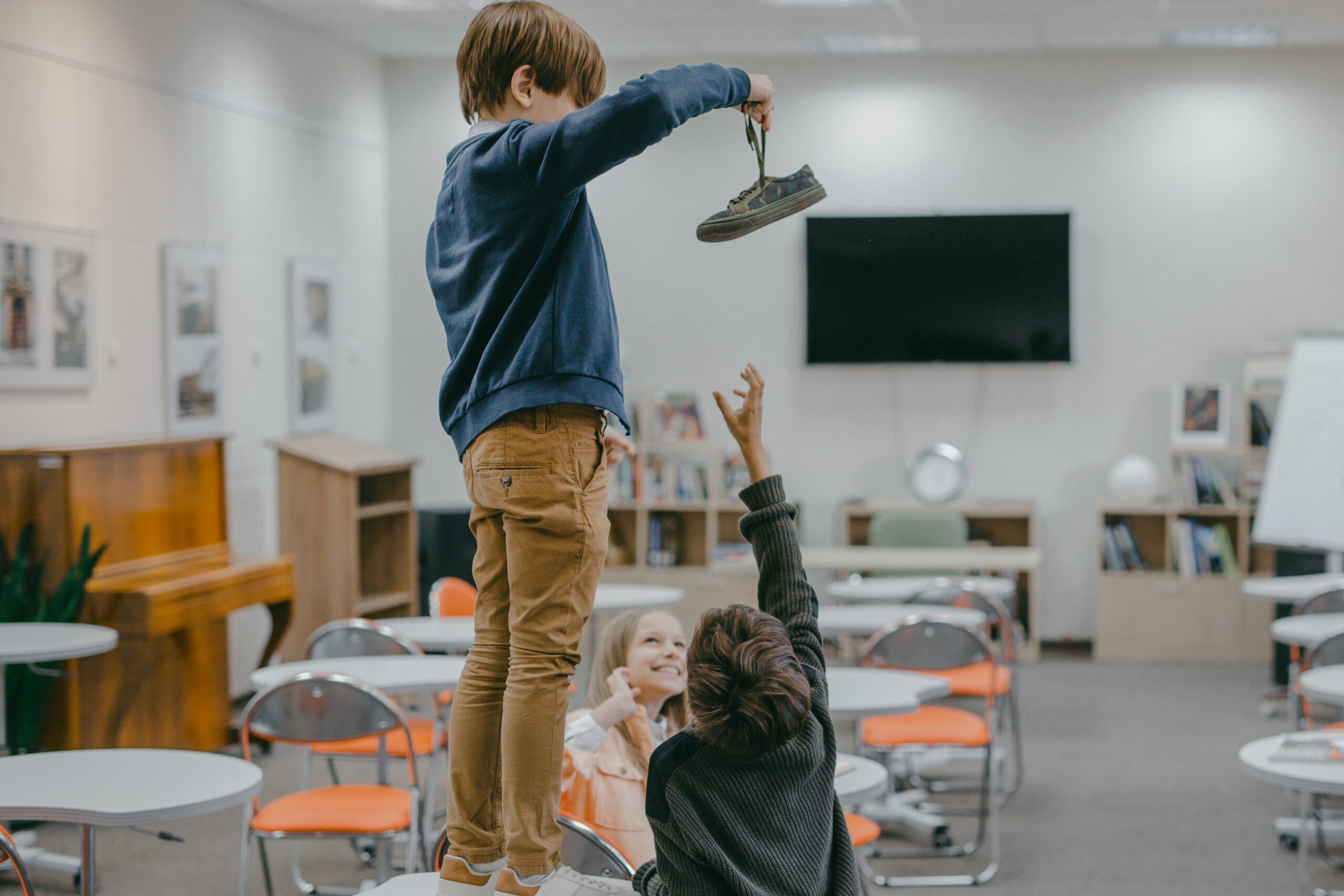The Phenomenon of School Bullying and Its Connection to Martial Arts
School bullying has become a major concern for educators and parents in our country over the past few years. However, this issue did not appear suddenly. Let us not forget that violence in schools has existed for decades in Greece. One only has to recall the teachers of our own generations who, for “pedagogical” reasons, would often resort to violence against students, not to mention earlier generations. Reflecting on such events, one can easily recall incidents of bullying among students. In short, the abuse of children has been ongoing for decades in this country. Today, we face a problem that was never properly addressed, which has now escalated into a broader social phenomenon. As a side note for consideration, I also believe that domestic violence is a major issue.
Attending a recent seminar on school bullying at an educational institution, I observed that school counselors and teachers themselves often do not know how to handle this phenomenon. They appear confused and lack thorough training for dealing with it. The comforting aspect, however, is that they are willing to learn and educate themselves. Fortunately, there are well-designed educational programs available for this purpose.
According to developmental psychology, aggression in children is caused by multiple factors, such as individual characteristics (innate aggression, temperament, traumatic experiences), family environment (strict or lenient upbringing, modeling behaviors, domestic violence, emotional ambivalence, and deprivation), as well as the attitudes of parents and teachers toward violence. Consequently, the school environment itself can also provoke deviant behaviors in children: insufficient supervision, overcrowding, a competitive atmosphere, overly strict control, impersonality, a focus on performance, and the excessive use of punishment as a disciplinary tool.
In most cases, a child who consistently exhibits aggression is a child hiding significant anger. Often, behind that anger lies deep emotional pain. Therefore, to alleviate this pain, one must seek the root cause. For this exact reason, students who bully others should not be dealt with punitively but pedagogically—educating them about the consequences of their actions while simultaneously investigating the deeper reasons behind their behavior. Regarding the victims, children must be encouraged to report bullying incidents and seek the help of adults. Children who observe bullying often fear reporting what they see, while victims feel guilt and shame for not being able to react. It is essential to teach children that there is no shame in being unable to face violence alone and that adults can and must provide them with appropriate protection.
Regarding the role of martial arts as a solution to school bullying, I would like to share a few thoughts. I hold a Dan rank from recognized Greek federations and have taught martial arts to children of all ages for nearly a decade. Through hands-on practice and experience, I can confirm that each child reacts differently on an emotional level during training, which aligns with the perspective of psychology. As I previously mentioned in another article for the Panhellenic Guide to Martial Arts, an activity does not change a person’s character; it merely amplifies or diminishes elements of their personality and temperament. This means that a fearful child will not necessarily become brave simply by participating in an activity. Even if, in some cases, this does happen, it does not justify generalization. Nor is the solution to train children to defend themselves so they engage in fights under the guise of self-defense, addressing the bullies with the same violence they faced.
Furthermore, we cannot be certain that a child has the maturity to stop a confrontation before it escalates, which reflects the deeper philosophy of martial arts. I must state that it is risky to claim that martial arts exclusively build confident individuals, as I often hear. On the contrary, martial arts can also foster narcissistic tendencies, dominance, and sadistic behavior toward others. It is no coincidence that, in the traditional martial arts sphere, many instructors were highly selective about what they taught and to whom, especially when they judged that certain students lacked a disposition toward virtue.
Today, the scientific community believes that the best way to address bullying is through primary and secondary prevention, proper education via specialized workshops for children and parents, and a pedagogical approach to dealing with children.
Sophia Xygala



